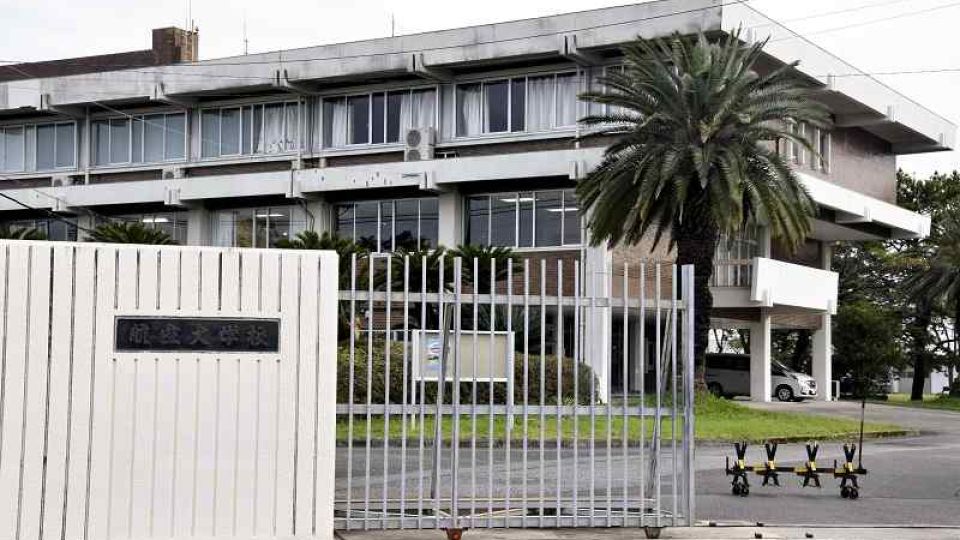December 7, 2022
TOKYO – Students at the Civil Aviation College in Miyazaki are taking three years to graduate rather than two due to pandemic-related delays in the pilot training schedule.
The Land, Infrastructure, Transport and Tourism Ministry, which has jurisdiction over the college, has stepped up its training program to cope with the expected retirement of a large number of Japan-based pilots in around 2030.
The Civil Aviation College has an annual capacity of 108 students, with four opportunities to enroll each year — in June, September, December and March. Prior to the pandemic, pilots trained for two years before graduating. However, 24 students, who entered the school in December 2018 graduated three years later, in December 2021.
About 100 students who enrolled through September 2019 also took three years to complete their studies. Students who entered the school after December 2019 will also take an extra year to receive their wings, making it difficult resolve the situation quickly.
The training program comprises a five-month academic course, followed by a flight course.
Ordinarily, students start at the college’s Obihiro branch in Hokkaido, then move to the main school in Miyazaki and later to its Sendai branch in Miyagi Prefecture, undergoing a total of 19 months of practical flight training before being certified as a pilot.
According to the ministry and the college, engines that have flown a predetermined number of hours must be inspected by the U.S. manufacturer after being transported to States by container ship. Previously, this process took two to three months, but due to a shortage of containers caused by the pandemic, the process has been taking five to six months since last year, making it difficult to prepare adequate numbers of training aircraft.
School closures following the declaration of a state of emergency in the spring of 2020 and class suspensions due to the infection of students, among others, also have caused delays in pilot training.
Though the ongoing one-year delays are unusual, there have been cases in the past where training schedules have been disrupted because of bad weather or the mechanical malfunction of aircraft, resulting in training periods in excess of two years.
Mass retirement
Many pilots are expected to retire in or around 2030, causing a major headache for the airline industry. Of the about 6,800 pilots at domestic major airlines as of January, 40% were age 50 or older, meaning there will be a steady stream of retirements in the coming years.
According to a pre-pandemic ministry forecast, the number of pilots needed in Japan will increase to between 7,000 and 9,000 by around 2030 to meet a growing demand for airline services.
The industry as a whole requires about 400 new hires each year. Yet, only once in the past 10 years has the number of new hires exceeded 400 — 407 in fiscal 2019 — with the average figure for new jobs per fiscal year coming in at less than 300.
About 40% of all Japan-based pilots graduate from the Civil Aviation College, with the rest being trained in-house by airline companies, transferred from the Self-Defense Forces, or hired from abroad.
In fiscal 2018, the college increased its annual capacity from 72 students to 108.
“[Holdups in pilot training] will cause delays in employment for students, which will have a major impact [on the industry], said Hiroshi Komamura director of the planning office at Civil Aviation College. “We hope to resolve the delays as soon as possible.”
The Civil Aviation College — the only public institution in the nation that trains commercial pilots — was established in 1954 as an affiliate of the former Transport Ministry and became an independent administrative agency in 2001. More than 4,000 of its graduates are employed as airline pilots at major companies.

